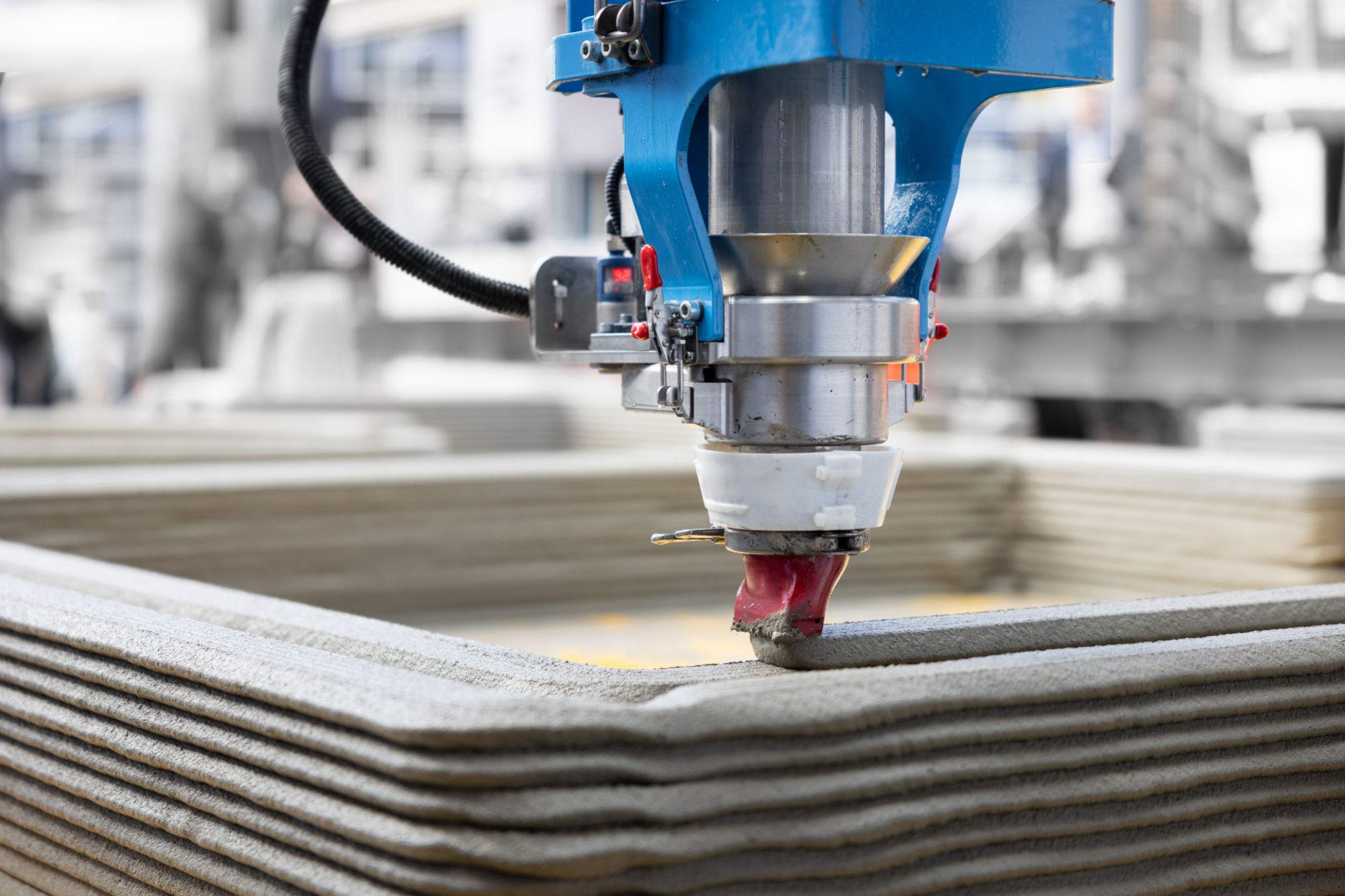The Future of Metal Casting: Trends Shaping the Industry
Introduction to Metal Casting's Evolution
The metal casting industry is undergoing a remarkable transformation, fueled by technological advancements and changing market demands. As we look toward the future, several trends are shaping the landscape, offering both challenges and opportunities for businesses involved in metal casting. From innovative materials to automation, these trends are set to redefine how metal casting is approached in the coming years.

Advanced Materials and Alloys
One of the significant trends in metal casting is the development of advanced materials and alloys. These materials are engineered to provide better strength, durability, and heat resistance, meeting the specific needs of various industries such as automotive, aerospace, and construction. The use of lightweight alloys, for instance, is becoming increasingly popular due to their ability to reduce the overall weight of components while maintaining structural integrity.
Furthermore, the push for sustainability is driving the adoption of eco-friendly materials. Recycled metals and sustainable alloys are gaining traction as industries aim to minimize their environmental footprint. This shift not only supports environmental goals but also offers cost savings by reducing material waste.
Automation and Smart Manufacturing
The integration of automation and smart manufacturing technologies is another pivotal trend reshaping the metal casting industry. Automation enhances precision and efficiency, reducing human error and increasing production speed. Robotics and automated systems are being deployed in foundries to handle repetitive tasks, allowing human workers to focus on more complex operations.

Additionally, smart manufacturing leverages the Internet of Things (IoT) and data analytics to create more insightful production processes. Real-time monitoring and data collection enable manufacturers to optimize operations, predict maintenance needs, and ensure quality control. This data-driven approach enhances decision-making and streamlines the entire casting process.
3D Printing and Additive Manufacturing
3D printing and additive manufacturing technologies are revolutionizing metal casting by enabling more intricate designs and rapid prototyping. These technologies allow for the creation of complex geometries that were previously unattainable using traditional casting methods. As a result, designers have greater freedom to innovate, leading to improved product performance and functionality.
The ability to produce prototypes quickly also accelerates product development cycles, making it easier for companies to bring new products to market faster. As 3D printing continues to evolve, its integration with conventional casting techniques is expected to increase, further enhancing manufacturing capabilities.

Sustainability and Circular Economy
Sustainability is becoming a cornerstone of modern manufacturing practices, and the metal casting industry is no exception. Companies are increasingly focusing on reducing energy consumption and emissions throughout the casting process. Implementing energy-efficient technologies and optimizing production methods contribute significantly to achieving these sustainability goals.
Moreover, the concept of a circular economy is gaining momentum. By prioritizing recycling and reusing materials, the industry can minimize waste and create a more sustainable production cycle. This approach not only benefits the environment but also improves resource utilization, ultimately leading to cost savings for businesses.
Conclusion: Embracing Change
The future of metal casting is undeniably exciting as it embraces innovation and adapts to changing demands. By leveraging advanced materials, automation, additive manufacturing, and sustainable practices, the industry is poised for significant growth and transformation. Companies that stay ahead of these trends will not only enhance their competitiveness but also contribute to a more sustainable and efficient manufacturing landscape.
